In Love with Color
Neue Galerie New York presents the vibrant works of German Expressionist Ernst Ludwig Kirchner
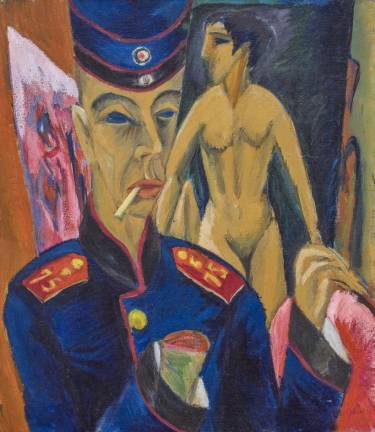
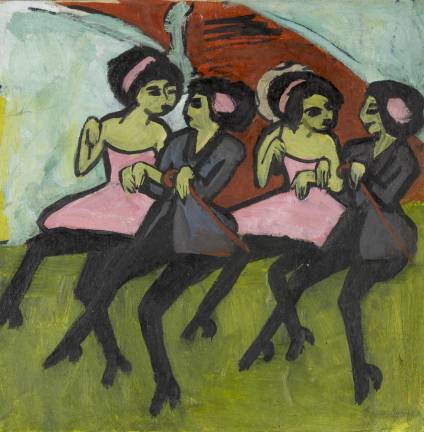
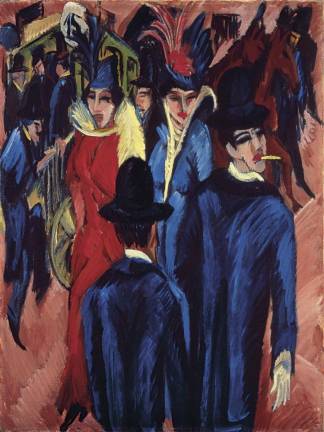
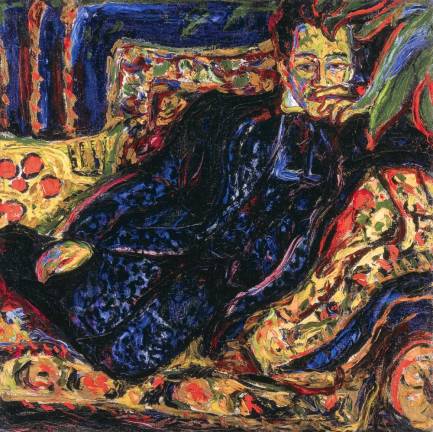
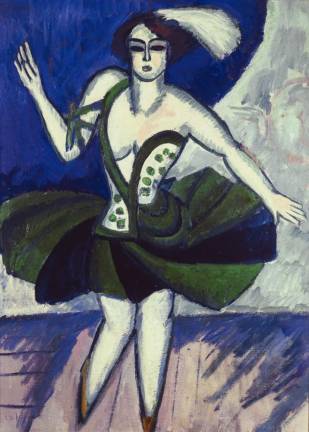
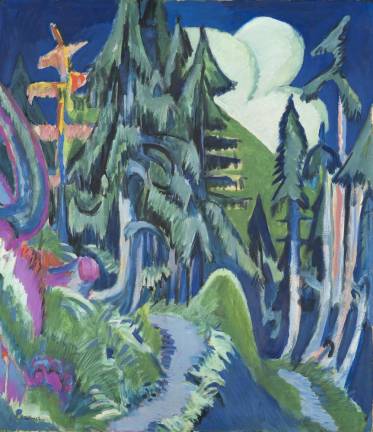
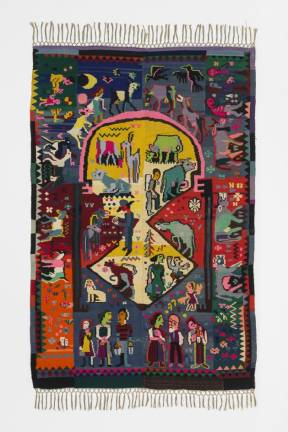
Art fans may not be able to immediately place Ernst Ludwig Kirchner (1880-1938), the German Expressionist giant who achieved fame and misfortune in the early part of the 20th century. But if they have any familiarity at all with his life and career, it probably has to do with the fact that he was the victim of a Nazi smear.
Along with the art of Max Beckmann, Oskar Kokoschka, Paul Klee and many other moderns, Kirchner’s work was labeled “degenerate” by the Nazis and derided in a notorious show in Munich in 1937, “Entartete Kunst” (“Degenerate Art”) — a fact that no doubt fed his decision to take his own life the following year, at age 58.
The smear is glossed over here, but a certain sobriety prevails, if only because this modern genius was plagued by addiction and a fragile psyche. After the outbreak of World War I, he joined a reserve artillery regiment and suffered a serious nervous breakdown, which led to a series of stints in German and Swiss sanatoriums.
Vivid, Brilliant Hues
The connection to Vincent van Gogh’s psychiatric ills comes to mind at once in the small room devoted to Kirchner’s war art. There, a dramatic canvas, “Self-Portrait as a Soldier” (1915), shows the artist in uniform with a severed right hand, his painting hand. It’s a metaphor for Kirchner’s fear of losing his artistic identity in the war, but invites comparison with Van Gogh’s very real, self-inflicted injury — that time when he sliced his left ear — pictured in “Self-Portrait with Bandaged Ear” (1889).
Like Van Gogh and the Post-Impressionists who clearly influenced him, Kirchner was head over heels in love with color. A self-styled “Farbenmensch” (color man), he saw it as the foundation of his art. His canvases are brimming with vivid, brilliant hues — deep blues, reds, pinks, greens, yellows and browns — and women, lots of women.
As co-curator Jill Lloyd writes in the catalog, “Color is integral to Kirchner’s practice in all media — he is an artist who literally thinks in color.”
The exhibit on the third floor of paintings, drawings, prints, photographs, tapestries and sculpture is organized into three major sections — Dresden, Berlin and Davos, the picturesque resort in Switzerland where he ended his life — and continues on the floor below in a room devoted exclusively to his prints.
The work is modern, it’s decorative and it’s defined by the “dynamic interaction of his various media,” Lloyd writes. His drawings have painterly attributes, the paintings sketchy attributes like the drawings, and decorative attributes like the tapestries he designed.
Forging a Modern Style
Kirchner began his career in Dresden, where he studied architecture and engineering at the city’s Technical College before co-founding Die Brücke (The Bridge) in 1905 with a handful of artists devoted to forging a modern style. They elevated color over form and championed its use to express emotions and personality, a “very unusual concept for that time,” co-curator Janis Staggs says in an exhibit video.
This Expressionist art prized movement and directness, energy and spontaneity. Kirchner used new materials like synthetic tube paints to achieve brightness in his work, a hallmark of modern art. With new materials and techniques came new subjects drawn from his life experience — cabarets, circus acts, the streets of Berlin and oh-so-liberated nude bathing.
The latter, according to Lloyd, “are not timeless idylls but rather celebrations of modern men and women — Kirchner’s friends and models — stripping off their clothes in well-known nudist locations like the Moritzburg lakes [near Dresden].” What larks!
"A Highly Personal Body of Work"
A dedicated bohemian, he wanted to innovate and update the genres. There’s no better illustration of the point than his depiction of the urban landscape in “Berlin Street Scene” (1913-14). An iconic painting jointly owned by Neue Galerie and a private collector, it portrays streetwalkers in long-feathered hats, surrounded by shadowy potential clients, including a red-lipped man that may be the artist himself. The scene is illuminated by new electric lights (replacing less harsh gaslights) from shop windows, ramping up the tension and underscoring the alienation of the figures.
Colored electric stage lights brightened the theaters in Dresden and likely inspired the green floor and skin tones in “Panama Dancers” (1910-11) — the color produced by limelight, originally green light—and the pink-all-over performers in “Six Dancers” (1911).
Despite spiraling into crisis during the war years, Kirchner remained extremely productive. He sought relief from the turmoil of that period in Switzerland, settling in Davos for good in 1918, where he experienced “a spiritual and artistic rejuvenation,” Staggs says. “Life in the Alps” (1917-18), a dazzling triptych in the final gallery, is a kind of secular altarpiece that glorifies nature and the rural environment — the mountains, the air, the water, the farmers, the cattle and the natural light, seen here at three times of day.
As Staggs told us in an email, “Kirchner's desire to unite his art and life into a cohesive whole resulted in a unique and highly personal body of work, and one that is deeply reflective of his times and the various places where he lived and worked.” Color is the common thread, of course — colors that, he once wrote, “shine, even in the darkest corner.”
IF YOU GO
What: “Ernst Ludwig Kirchner”
Where: Neue Galerie New York, 1048 Fifth Ave at 86th St
When: Through January 13.
neuegalerie.org